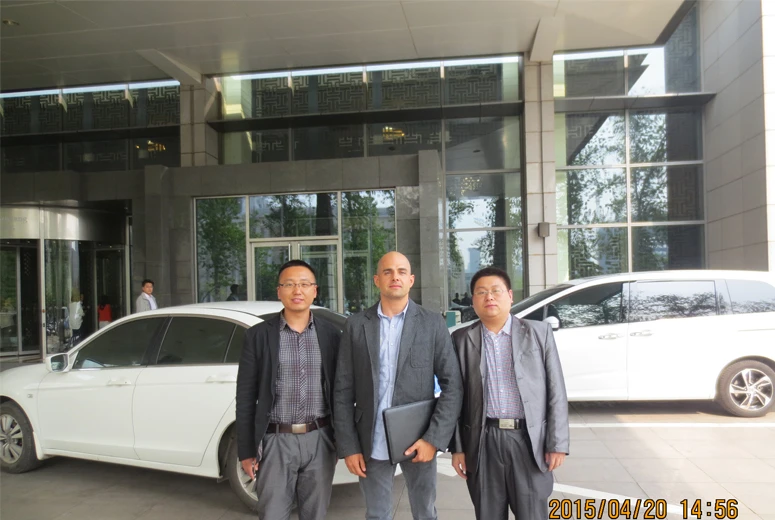Understanding Expanded Metal A Versatile Material for Various Applications
Expanded metal, often referred to simply as “expanded,” is a unique and innovative material that has gained popularity in various industries due to its versatility and strength. This article aims to provide a comprehensive overview of expanded metal, its manufacturing process, properties, applications, and advantages, highlighting why it is considered an essential material in modern architecture and construction.
What is Expanded Metal?
Expanded metal is a type of metal sheet that is cut and stretched to create a mesh-like pattern. This process involves the use of a sheet of metal, which is simultaneously slashed and expanded to form diamond-shaped openings. The result is a lightweight yet sturdy material that retains much of the sheet's original strength while allowing for various applications. Depending on the configuration of the cuts and the degree of expansion, expanded metal can differ in thickness, size, and shape.
Manufacturing Process
The manufacturing of expanded metal involves a series of steps. Initially, sheets of metal, which can be made from various materials such as aluminum, steel, or metal alloys, are placed in a machine that cuts them in a specific pattern. As the machine proceeds, the cut sections are stretched and molded to form the characteristic diamond shapes. The expansion factor varies depending on the desired finished product, affecting the material's strength, weight, and visual appeal.
Properties and Benefits
One of the standout features of expanded metal is its durability. The interlinked structure provides greater strength compared to traditional metal sheets, making expanded metal resistant to deformation and wear. Its open design enables excellent airflow and visibility, making it ideal for use in applications requiring ventilation or aesthetics. Additionally, expanded metal is lightweight, allowing for easier handling and installation.
Another notable benefit of expanded metal is its versatility. It is available in a range of materials and finishes, from galvanized steel to powder-coated aluminum, thereby catering to different environmental conditions and aesthetic requirements. Furthermore, the material is often corrosion-resistant, making it suitable for outdoor applications where exposure to the elements is a concern.
expanded metal 9

Applications in Various Industries
Expanded metal finds its use across a wide array of industry sectors. In construction and architecture, it serves multiple purposes. Here are some key applications
1. Safety Barriers and Grilles Expanded metal is widely used for building safety barriers, grilles, and security fencing. Its robust design deters unauthorized access while allowing visibility to maintain security without completely obstructing views.
2. Walkways and Platforms It is ideal for creating walkways and platforms where slip resistance and ventilation are vital. The open mesh structure reduces the risk of slipping while allowing rainwater to drain through, preventing puddles.
3. Architectural Features In modern architecture, expanded metal is used for decorative facades, sunshades, and accents, contributing both aesthetics and functionality. It can be molded into various shapes and sizes, offering limitless design possibilities.
4. Industrial Applications In manufacturing, expanded metal is employed in equipment screening, conveyor belts, and part protection. Its ability to provide strength while being lightweight is crucial in industrial settings.
5. Automotive Uses Expanded metal is also found in automotive applications, including grilles and speaker covers, where strength, weight savings, and heat dissipation are vital.
Conclusion
In conclusion, expanded metal is a remarkable material characterized by its strength, versatility, and aesthetic potential. Its unique properties enable its use across multiple industries, from construction and architecture to industrial applications and automotive design. As technology advances and industries evolve, the demand for such adaptable materials will continue to grow. Whether for functional barriers, decorative elements, or industrial solutions, expanded metal proves to be an invaluable resource, offering both practical benefits and innovative possibilities. Investing in expanded metal not only enhances the efficiency and safety of projects but also contributes to more sustainable and aesthetically pleasing designs in our built environment.

















